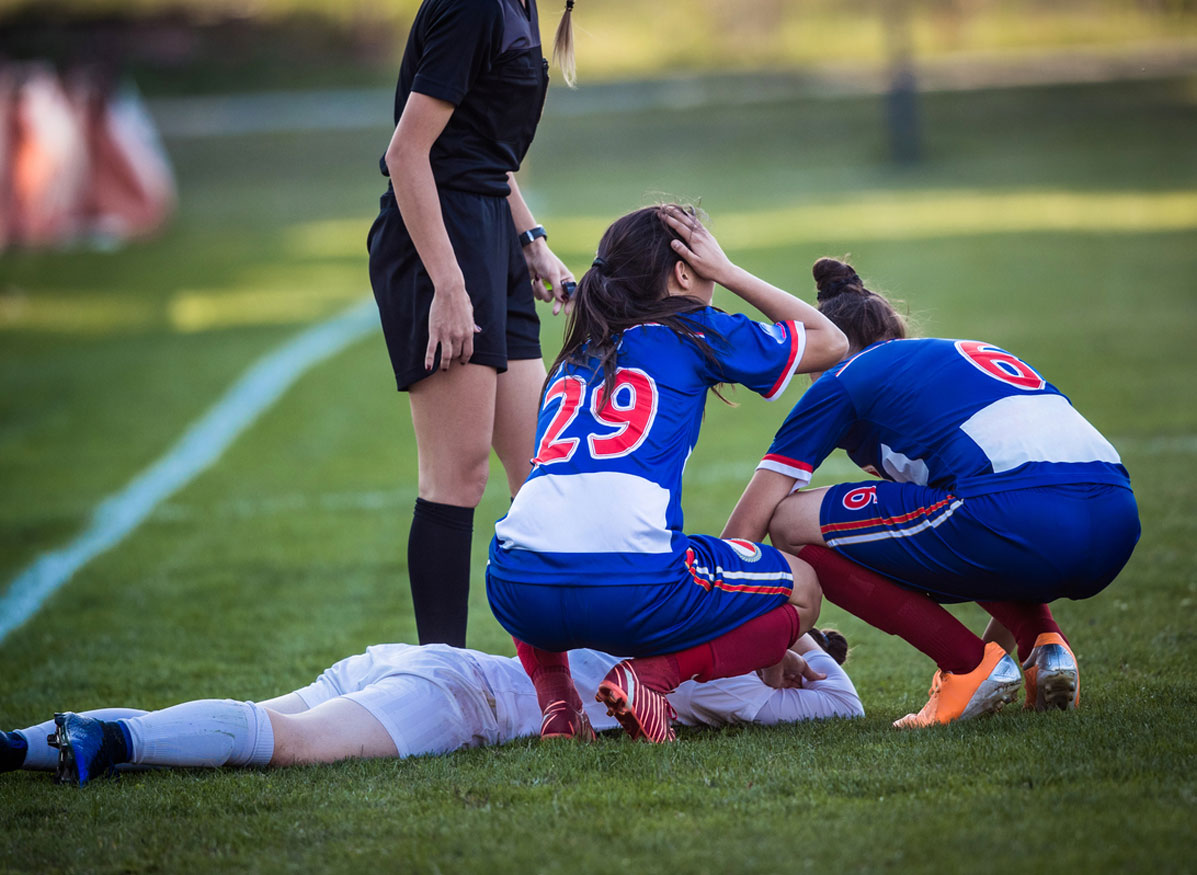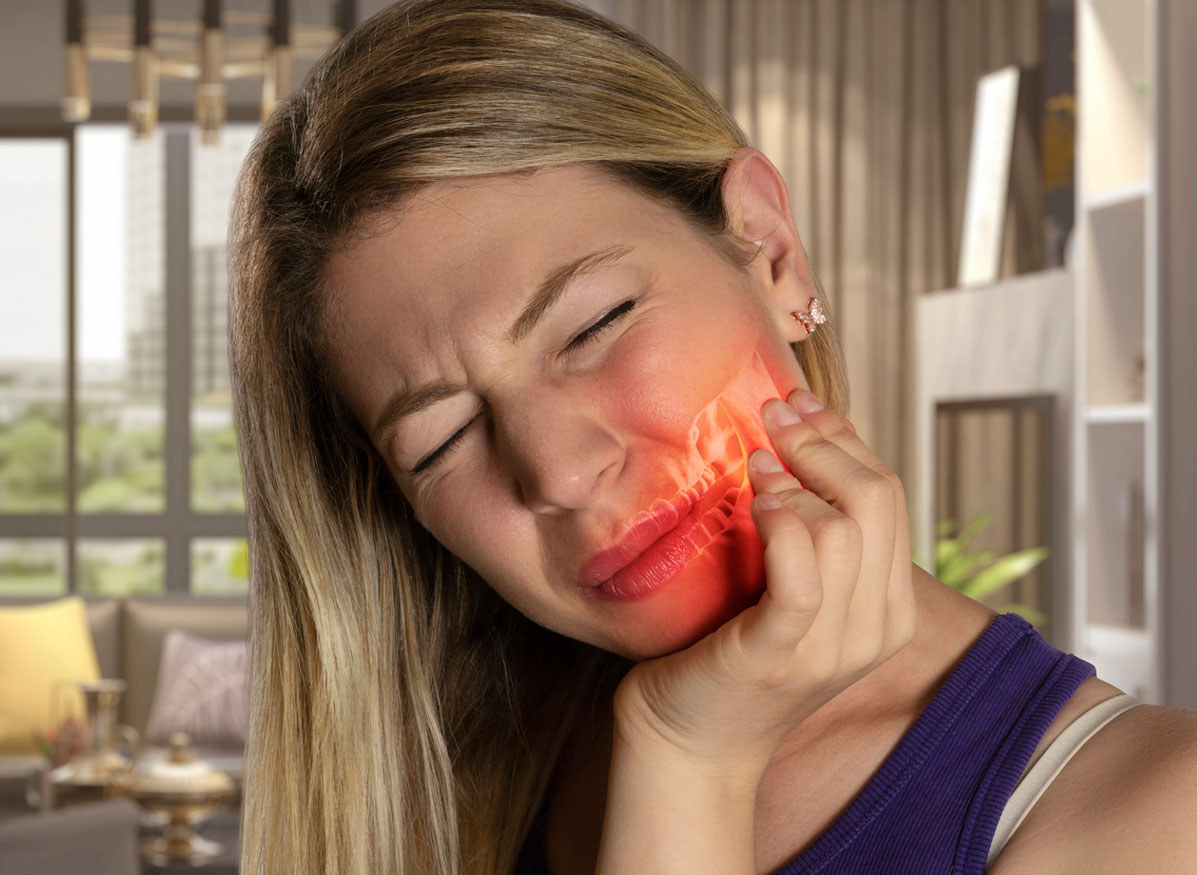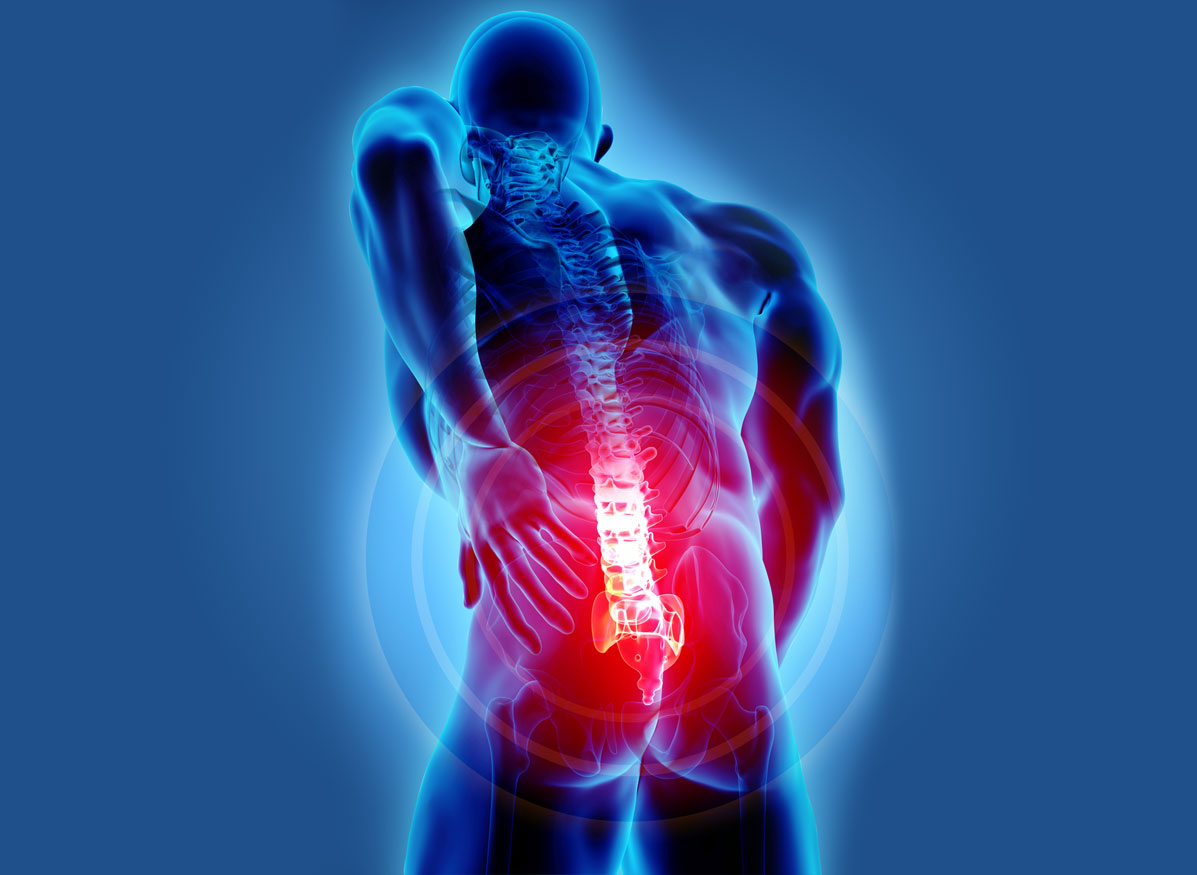Your journey begins with us!
This list isn’t exclusive, so please call us now to discuss any areas you would like us to assess.
Sports Injuries
- There are many types of injuries that can occur on the sporting field. There are also many factors that may contribute to these injuries, including:
- Sudden changes in direction and landing such as netball, basketball, football, and hockey.
- Synthetic/artificial surfaces.
- Impact/collisions or falls.
- Repetitive movements.
- Bone fractures
- Fracture is another term for breaking a bone, and it occurs when the bone is impacted by force or pressure it cannot support.
- X-rays will often be used to diagnose fractures to bones.
- There are various types of fractures relative to what has occurred to the bone. The bone may remain inside the skin or can poke out.
- Symptoms often include hearing a “crack” at time of injury, swelling, pain, bruising, and visible deformity.
- Fractures will typically be immobilised to support healing, and certain fractures will need surgical intervention.
- Muscle and tendon strains/ligament sprains/tears
- All three present with very similar symptoms such as joint pain, swelling, and limited/painful range of motion.
- A strain to the muscle or tendon may have signs of muscle spasm whereas a sprain to the ligaments may display bruising.
- Tears to soft tissues can be graded according to their level of damage from mild through to full ruptures. Immobilisation is commonly needed and surgical intervention might be necessary.
- MRI imaging is standard imaging.
Your physiotherapist will advise if and how much time might be needed to not play your specific sport. They will guide you to be fit to return ASAP.
Jaw/TMJ
TMJ refers to the temporomandibular joint—it is the connection of the mandible to the skull. It allows the opening of your mouth, allowing to speak and eat.
The jaw can be impacted by everyday functioning, dental issues and treatment, and habitual grinding/clenching of the teeth.
Symptoms can include:
- Pain.
- Shifting, clicking, and locking of the joint.
- Neck pain and headaches.
Treatment commonly involves:
- Joint mobilisations
- Soft tissue release
- Bracing and strengthening techniques
Orthodontic intervention may be required, and your physiotherapist will advise on consulting a professional for this.
It is common to mistake TMJ disorders for neck pain thus thorough assessment is necessary.
Knee
The knee joint is quite complex and plays a very functional role in our daily lives. Loading patterns, muscle weakness, congenital defects, and sports can impact the knee. At Stabilise, we will give you a thorough assessment and diagnosis to ensure treatment will be ideal.
Issue of the knee can involve:
- Ligament injuries
- Dislocation
- Osteoarthritis
- Patella tendon pain
- Fat pad impingement
- ITB (Illiotibial band) syndrome
- Medial knee pain
- Baker’s cyst
- Osgood-Schlatter Disease
- Cartilage damage
- Bursitis
At Stabilise, we will guide you in:
- Strengthening
- Adapting movement patterns
- Injections options
- Specialist intervention
Headaches
- Types of headaches include:
- Cervicogenic – pain coming from issuers in the neck.
- Tension – feeling like a tight band around the head, often caused by stress.
- Cluster (Horton’s syndrome) – extraordinarily painful, typically felt behind the eye or in the temple at night or early hours of the morning.
- Sinus – caused by an infection of the sinus (sinusitis). Pain in cheeks and brow; can heighten when leaning forward. It can be mistaken for a migraine.
- Migraines – intense head pain, nausea, light sensitivity, and other symptoms can be associated with a migraine. Physiotherapy can reduce the sensitivity and intensity of episodes.
- Physiotherapy can be a very effective treatment for headaches. There are various causes of headaches that are not necessarily musculoskeletal-related thus an accurate diagnosis is essential. These causes can include hormonal changes, reactions to specific foods, alcohol and caffeine intake, coming off medication, and vascular issues. Prompt medical attention may be necessary.
Foot/Ankle
It is a common occurrence to roll your ankle. It is referred to inversion or eversion ankle injuries. This does not always occur on the sports field; it can often occur just walking on uneven surfaces. It can result in ligament damage and sometimes a fracture.
Management may include such treatments as immobilisation, joint mobilisations, soft tissue release, and stabilisation exercises.
Injuries to the foot and ankle can include:
- Syndesmosis
- Plantar fasciitis
- 5th metatarsal fractures
- 1st MPT joint/big toe pain
- Pronation/supination of feet and poor foot mechanics
- Bunions
- Biomechanical conditions that involve bony malalignment, poor movement patterns, and instability. This can result in issues such as foot deformities, painful weight-bearing, impingement, and nerve compression.
- Hammer toe, mallet toe, and claw toe.
Your physiotherapist will make recommendations according to your needs; these may include:
- Orthotics.
- Specific exercises
- Footwear recommendations
Back
A very common area of concern is the back. It can be associated with the spine, muscles, and other surrounding tissue. Back issues can result in pain, neural irritation, and movement restriction. Back pain can be very debilitating, affecting daily functioning, sleep, and emotions.
Back concerns can include:
- Disc bulge/protrusion/hernia/rupture
- Scoliosis
- Lower back pain
- Lifting injuries
- Mid back pain and stiffness
- Sciatica
- Bladder, bowel dysfunction
- Numbness and weakness down legs
Seek emergency medical advice when symptoms of numbness occur in the saddle region or down both legs.
- Nerve impingement that can result in numbness, pins and needles, and pain down legs and buttocks.
- Pelvic and SIJ pain.
Shoulder
The shoulder is such a complex joint thus complex issues can arise but also be prevented. Let us help you know how to optimally support and move the shoulder joint to avoid or assist with existing concerns.
Problems that can occur in the shoulder include:
- Rotator cuff damage
- Dislocation and subluxation
- Impingement
- Instability
- Labral tears
- Bursitis
Neck
The cervical spine has the important role of supporting your head, and it is not unusual for this area of the body to need the help of a physiotherapist. Neck pain and injuries are suffered by many people. They can be caused by motor vehicle accidents, falls, and general wear and tear.
Injury can be to the bones, muscles, ligament, and spinal discs. Injury to the neck can include:
- Whiplash associated disorders
- Muscle strain
- Reduced range of movement/stiffness.
- Wryneck (torticollis) – neck painfully tilted or twisted to one side
- Disc bulge/protrusion
- Spinal nerve irritation/compression
Symptoms of neck injury can include pain, stiffness, headaches, and pins and needles or numbness down upper limb(s).
General posture, prolonged use of devices, and pillows can all have effects on the neck.
Hip
The joint where the pelvis meets the lower limbs, such a high loading area and important functional ball-and-socket joint in the body. Hip concerns can arise from birth or evolve over time. Poor posture and movement patterns can impact the hip joint. Sports such as dancing can often be a common cause of hip joint concerns. These concerns may include:
- Bursitis
- Labral tears
- Groin pain
- Impingement
- Fractures
- Osteoporosis
- Clicky hips
- Other sources of hip pain can be caused by endometriosis, ovarian cysts, rheumatoid arthritis, and pelvic conditions. A thorough assessment of your hip and groin pain is important; investigation through MRI, X-ray, and ultrasound may be necessary.
Elbow/Wrist/Hand
The upper limbs are well-used areas of the body. They often suffer repetitive strain injuries, impact from falls, and damage from contact sports. The elbow, wrist, and fingers can be involved in intricate and very functional movements and, thus, are important to be well-maintained.
Injuries of the upper limb soft tissue and joints can include:
- Carpal tunnel
- Fractures
- Ligament damage
- Mallet finger, jersey finger
- Trigger finger
- TFCC – Triangular fibrocartilage complex
- Dislocation
- Tennis elbow/Golfer’s elbow










